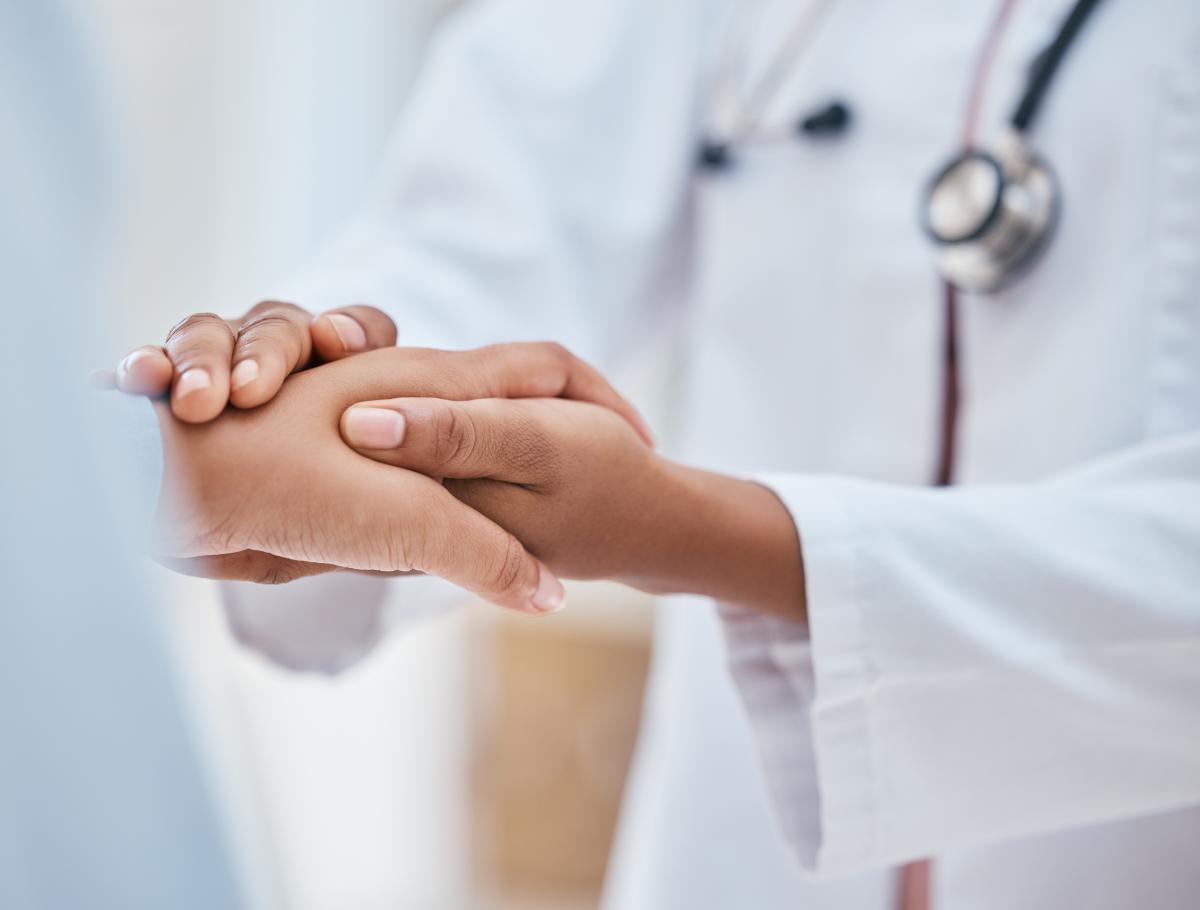Lend a hand: Off-the-clock ways to help underserved communities

Despite advances in civil rights, healthcare disparities still endure. Now, more than ever, marginalized groups face restricted and unequal access to quality health services.
Underserved populations regularly experience discrimination or barriers to care based on their race, ethnicity, sexual orientation, economic status, and cultural beliefs or backgrounds. These disparities affect every aspect of care, from limited locations and providers to supply shortages and poor information.
Looking for opportunities to fight for health equity outside the office? Check out these off-the-clock ways to help underserved communities near you.
#1: Hit the (digital) books
Online Continuing Medical Education (CME) courses can teach us more about the social determinants of health, or how our environment impacts our well-being. You can learn more about how quality education, social context, economic stability, living environments and access to healthcare services affect marginalized populations.
Courses like these will help you expand your knowledge and understanding of underserved communities while providing CME credits:
- The American Medical Association’s Equity in healthcare education modules offer educational videos on topics related to health equity. With a focus on root causes, these modules help you uncover new ways to confront inequalities in your practice and local community.
- The EveryONE Project also provides online CME courses on health equity. These modules prioritize patient advocacy and offer an extensive base of interactive resources for healthcare providers.
#2: Focus on free clinics
If you prefer a more hands-on approach to tackling healthcare disparities, you may want to consider volunteering for local organizations or programs.
Free urgent care and health clinics rely on volunteers to serve their communities. Dedicating time off to caring for underserved community members helps many people understand the obstacles to healthcare that marginalized populations face.
Volunteering at free clinics also helps providers develop their knowledge of the common conditions, insurance restrictions and continuity of care issues underserved communities tackle every day.
Organizations like The National Association of Free and Charitable Clinics depend on volunteers to provide an array of healthcare services for marginalized populations. If you want to donate more than just your medical expertise, many of their clinics also encourage people to volunteer for gardening, painting, landscaping and outreach events.
#3: Donate to blood drives
Since the devastating onset of COVID-19, many nonprofit health and relief organizations have witnessed a massive drop in diverse blood donations, forcing many marginalized societies to cope with a limited blood supply.
Blood diseases like sickle cell anemia and Cooley’s anemia primarily affect people of African, Asian and Latin descent. Since these disorders require regular blood transfusions, maintaining a supply of diverse blood types is essential.
Volunteer organizations like the Red Cross ensure that patients in underserved areas have access to these lifesaving transfusions. Spending a couple of hours at the local blood drive on your day off could just save a life.
#4: Check out your community’s health events
Community outreach initiatives, like health fairs and events, provide numerous opportunities for healthcare workers to contribute their time and expertise.
These events create a culture of health by showing people how to embrace different facets of healthy living. Many offer free or low-cost preventive care, screening services and routine vaccinations for underserved populations. For people without insurance or with limited access to healthcare, this may be the only chance to receive annual care.
The program coordinators provide all the necessary training and resources. Check out the National Institutes of Health (NIH) for more insight on the importance of community health.
#5: Fuel your local food programs
According to the U.S. Department of Agriculture (USDA), poor nutrition is the leading cause of illness and contributes to over half a million deaths every year.
Factors like infrastructure, increased cost of living, restricted access to quality food and limited modes of transportation make it extremely difficult for underserved populations to eat healthy and stay active, and those two major components dictate our overall health.
We can help reduce local food insecurity by ensuring families have healthy food. Volunteering at local food drives, soup kitchens and food banks can improve your community’s access to nutritious meals.
Sites like Feeding America’s nationwide network of food banks and food programs make it easy to find local places to donate and volunteer.
#6: Get a little dirt on your hands
If you’re ready to roll up your sleeves, consider volunteering for a local nonprofit home-building association. Organizations like Habitat for Humanity and United Way encourage volunteers to help build sustainable and affordable housing for underserved communities.
Like food security, safe and affordable housing provides an additional layer of assurance to marginalized populations. It also ensures people live in homes that offer protection, safety and easy access to essential resources, including food, transportation and health care.
#7: Apply to be an advocate
Are you looking to get even more involved? Consider volunteering as an advocate for underserved communities. Nonprofit organizations like Project Hope, Doctors Without Borders and the United Nations Children’s Fund (UNICEF) bring medicines, supplies, health expertise and training to disadvantaged families in your local area.
A helping hand costs nothing
Individual involvement in volunteer opportunities like these may not seem like much, but your contributions make all the difference to families that you might not normally see.